At WildWoven Leather Products, we only use Full Grain Vegetable Tanned Leather.
The most frequently asked question by our customers – “is it genuine leather?”
“Even before fire, there was leather.” – Leather has been a part of our everyday life since the prehistoric era. The first time a caveman discovered that the hide or skin of animal’s rot slowly when dried in sunlight, it became an essential part of human life. This early form of leather used as clothing and shelter made it possible to sustain harsh weather conditions. Though leather has been a part of our life for thousands of years, the confusion still remains. “How can I find good quality leather!”
In this article we will look beyond the “Genuine Leather” tag line and clarify WildWoven Leather Products‘ standpoint as a brand in this industry. To do that, we will try to introduce and demystify some terms used by the mainstream fashion and leather industry. After reading the full article you will be able to see leather from a different perspective and finding good quality leather products won’t be difficult for you anymore.
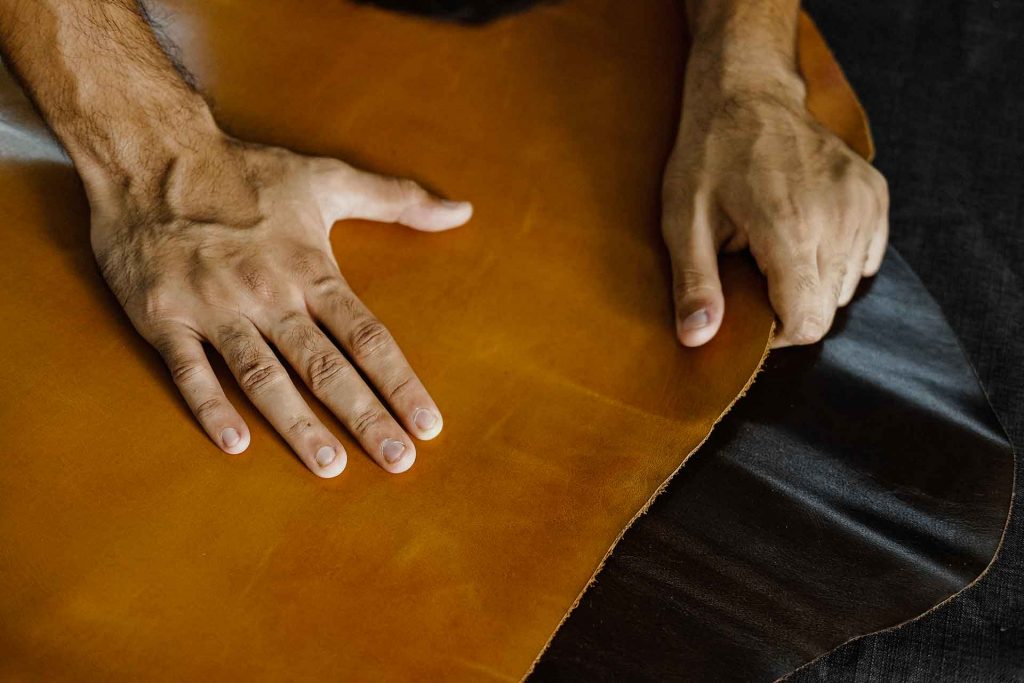
Table of Content:
- PU or Faux Leather
- Genuine Leather
- Chrome Tanned Leather
- Vegetable Tanned Leather
PU or Faux Leather:
Very affordable leather products termed as PU/Faux/Vegan Leather found on ecommerce sites or in local shops, how good are they? How do some brands or shops offer leather wallets at such cheap prices?
The biggest scam in the leather fashion market of Bangladesh is the PU or Faux leather. In one word we can say these are not leather at all. Faux or PU leathers are man-made synthetic/chemical products manufactured from PU (polyurethane) or PVC (polyvinyl chloride) in labs or factories. By chemical structure these materials are similar to the material used for polybag or plastic products.
There is literally nothing organic about PU or Faux Leather.
These are manufactured in such a way that it looks and smells like real leather which these are not. Though these days some brands are trying to promote these synthetic materials as vegan or more sustainable alternatives of leather. But in truth, PU/Faux leathers are more harmful to nature as the manufacturing process of plastic is way more polluting.
Products made from PU and Faux leather have a very short life span. As a result, these products end up in the landfill within a couple of months and it takes at least a thousand year to degrade.
PU or Faux leathers are fake Leather. These are cheap synthetic materials which are made to look and feel like original leather.
N.B. – In 2019 an international industrial fair held in Singapore asked all the exhibitors to avoid using the term “Leather” with synthetic materials like PU or Faux as it makes general people confused and in a sense it’s fraud.
Genuine Leather:
When someone says ‘Genuine Leather Product’ it sounds great, right? We think of it as a guarantee of premium quality. But hold on!
We hate to let you down! The ‘Genuine Leather’ tag doesn’t necessarily mean high quality leather. Surprisingly this particular tag is the exact opposite of what it says. This particular tag means – it is the most inferior quality leather; it just means that there is some leather in the material. It is another term like ‘PU or Faux Leather’ that is intentionally used to mislead consumers and very rarely honestly explained.
In short, genuine leather is usually several layers of low-quality leather bonded together and then painted and printed on to look uniform.
In an article, Business Insider defined genuine leather as: “At least it’s genuine leather.” Let us explain why?
The natural raw hide and skins has thickness of roughly 6-10 mm, but the desired thickness of final finished leather is 1.2-1.6 mm. So, at the very first stage of tanning/manufacturing the raw hide and skins are sliced in two portions. The upper portion contains the best quality material/fiber in it and is termed as full grain. Leather manufactured from this full grain portion is termed as “Full Grain Leather”. The Full Grain Leather is widely recognized as the highest-quality leather and used for making high end expensive products. The bottom portion of the sliced hide contains the inferior quality loose material/fiber and is termed as “Split”.
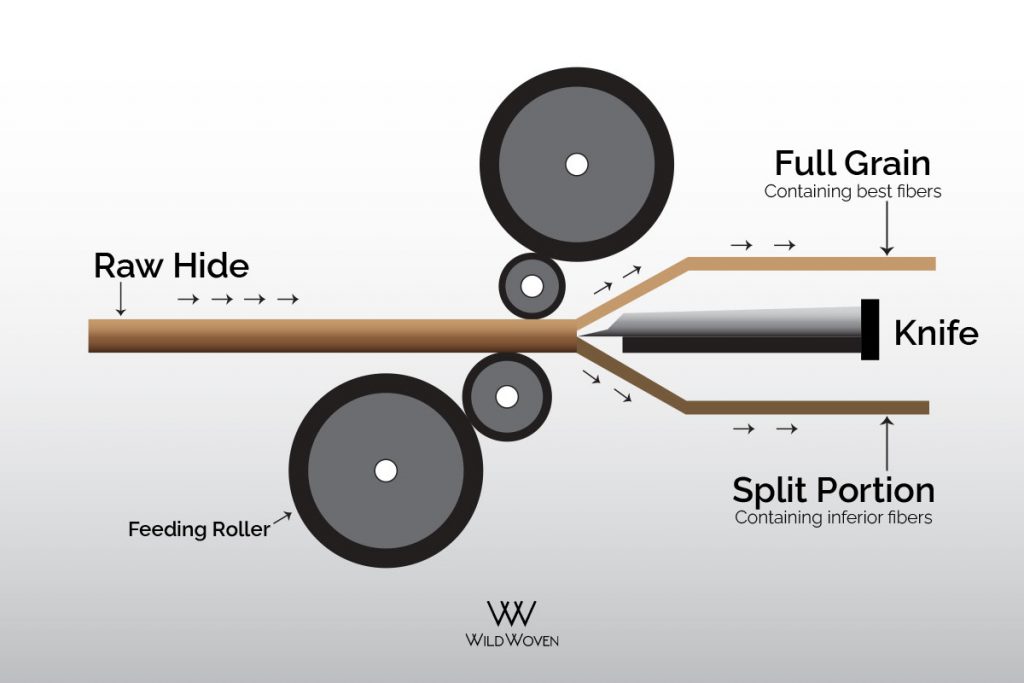
The so-called ‘Genuine Leather’ available everywhere is made up from inferior quality ‘Split’ pieces bonded together with glue. These bonded pieces are then printed with plastic/synthetic chemicals to mimic the look of Full Grain Leather. It may make a decent first impression but it is not going to stand up to the test of time and ageing.
Chrome Tanned & Vegetable Tanned Leather:
The last thing you should know about as a leather product user is the tanning process.
A raw hide and skin will decompose within a couple of days under natural condition. The process of turning this short-lived material into a finished leather which will last for ages is called tanning. There are mainly two methods of tanning established in the industry. Chrome Tanning and Vegetable Tanning.
Chrome tanning is the most widely used method of leather tanning. Since 1858 when the process was introduced first, it is the most popular method of processing raw hide and skin into finished leather.
The main ingredient of chrome tanning is Chromium. We can simply explain the chrome tanning process as – chromium penetrates inside the raw hide and stops the decaying of natural protein. Also, it increases the space between natural proteins. As a result, the finished chrome tanned leather has a very soft and supple appearance. Almost 85% of leather produced throughout the world every year involves the Chrome Tanning method.
Chrome tanned leather may feel very good to use but all of us are aware of the consequence of Chromium in the human body and the planet itself. Chromium is one of the carcinogenic materials found in nature which causes cancer and other deadly diseases.
Though transferring of Chromium from leather to the human body is very low if the Chromium inside the leather was fixed properly during tanning and good quality chemicals were used. But in a country like ours where 31% tannery workers are suffering from skin diseases, how can you be assured that the leather wallet you purchased for unbelievably cheap price has good quality chrome tanned leather in it? Also, regular leather products throughout the world in average costs 5-10 times higher than the price in our country. How did the sellers make it possible here? It was made cheap by cutting costs in ways that we – the customers cannot see or know. Water of Buriganga and Hazaribagh area of Dhaka is found highly contaminated in low graded Chromium. We must consider this fact as well.
Vegetable Tanned Leather:
Vegetable Tanning is the age-old method of leather processing developed through thousands of years, generation through generations. This used to be the main tanning process exercised everywhere before the chrome tanning method was invented.
The stunning leather articles you may have seen in Game of Thrones, Vikings or any western films, theoretically should be made from vegetable tanned leather. The classic look of original leather we all admire and think of when we think about leather comes only from the vegetable tanned leather.
In Vegetable Tanning, only natural plant-based ingredients also known as ‘tannin’s are used for processing the raw hide and skin. These tannin’s are actually processed bark and leaf of various plants like mimosa, chestnut or oak etc. Vegetable tanning is considerably slower and expensive process than chrome tanning. The process can take up to two-twelve months, with multiple treatments and highly skilled laborers. The final vegetable tanned leather gets a sturdy feel. The most desirable characteristics of leather the ‘Patina’ occurs on vegetable tanned leather with use. That’s why unlike other materials, products made from vegetable tanned leather become more beautiful with use and aging. With proper care, these leathers can last for many decades. If you inherited any leather wallet or product from your ancestor you can be pretty sure that it is a vegetable tanned leather.
Vegetable tanning is the true organic way of leather processing evolved through thousands of years and is still evolving.
At WildWoven Leather Products, our total production is based on vegetable tanned leather, though it is one of the most expensive variants of leather available in the market. We treasure love for everything about authentic/original leather, but we do treasure even deeper love for people and our planet. Because we believe in sustainable living and business practice.
We believe things we use in our everyday life makes us who we are. No-one deserves a product containing guilt. Things we use in our everyday life should be pure with a unique history of its own.
After working years in the leather industry we, the WildWoven Leather Products decided that as a member of our family you deserve only the Full Grain Vegetable Tanned Leather. Nothing less.
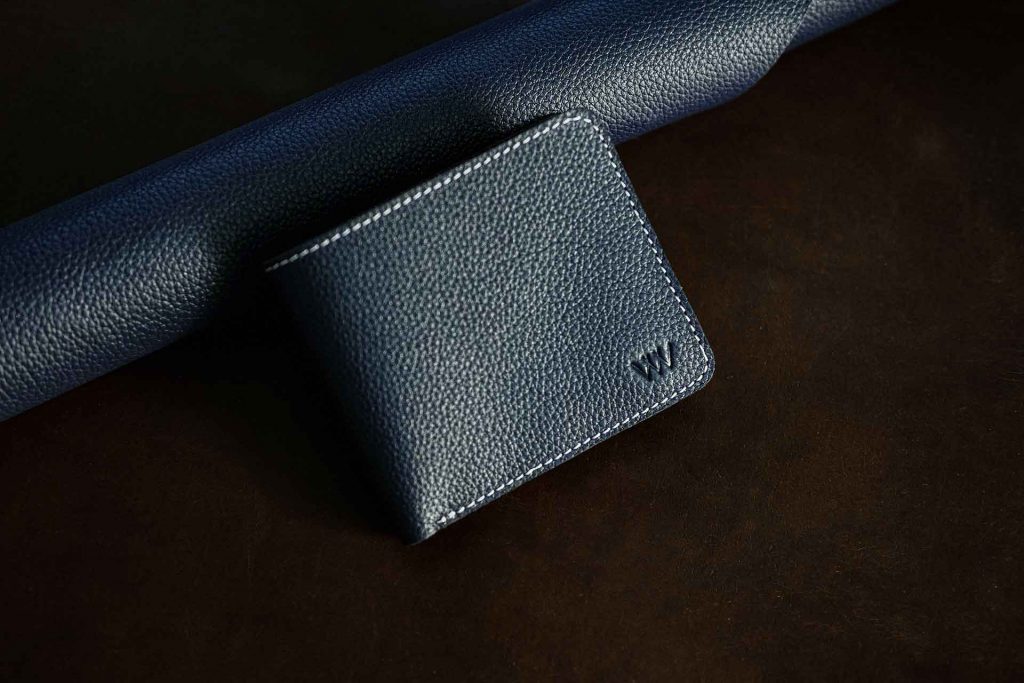
-
 Haiku – Front Pocket Wallet৳ 2,240
Haiku – Front Pocket Wallet৳ 2,240 -
 Fawn – Mini Wallet৳ 1,040
Fawn – Mini Wallet৳ 1,040 -
 Enso – Classic Bifold Wallet৳ 1,940
Enso – Classic Bifold Wallet৳ 1,940 -
 Loki – Keyring৳ 440
Loki – Keyring৳ 440 -
 Yuki – Front Pocket Bifold Wallet৳ 1,560
Yuki – Front Pocket Bifold Wallet৳ 1,560 -
 Clef – Keyring৳ 350
Clef – Keyring৳ 350
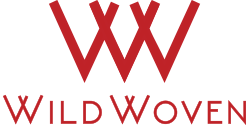

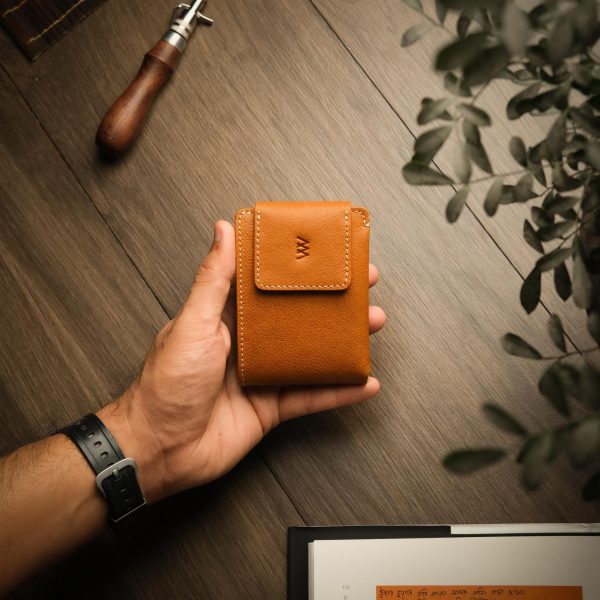
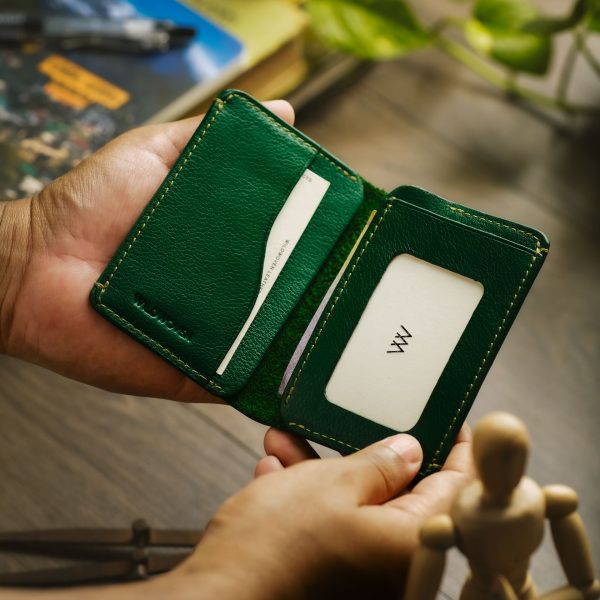
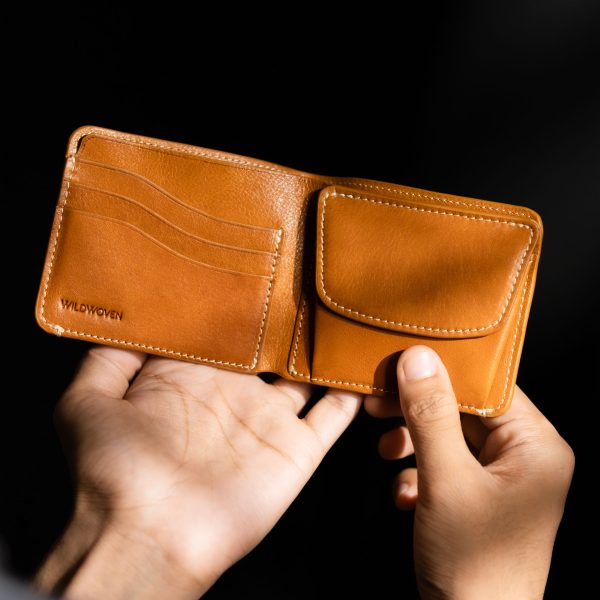
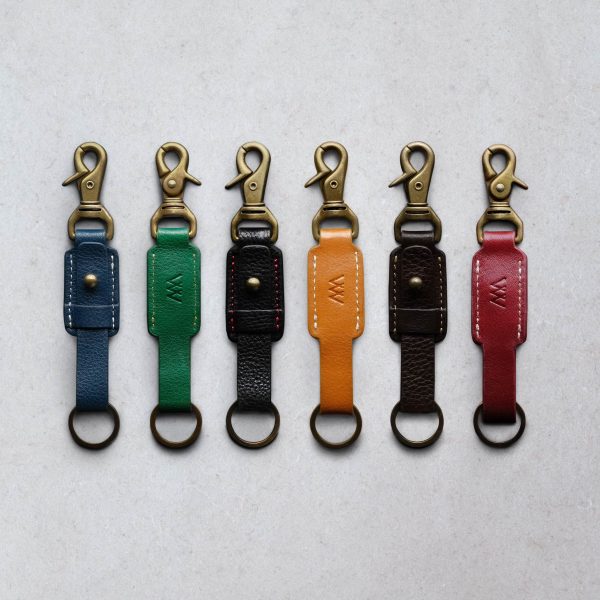
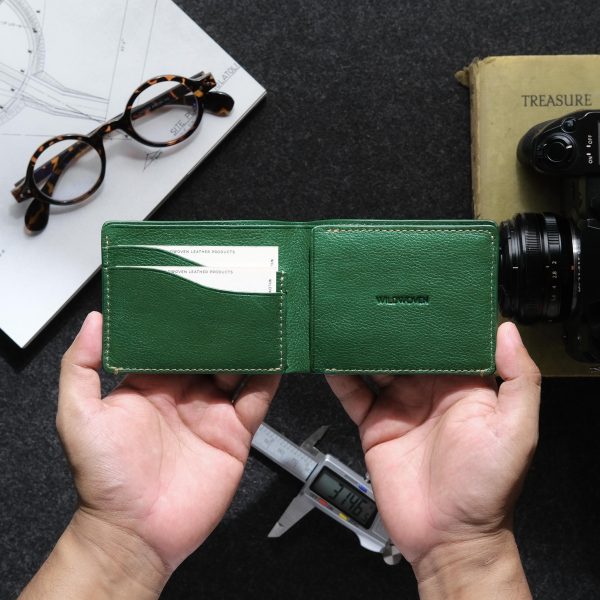
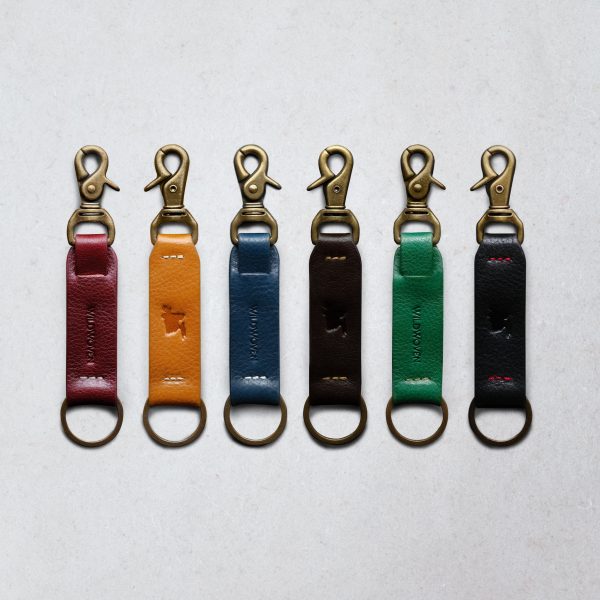
Very much informative article.By reading the article differnce of various kinds leather is clearly understandable.Thanks wildwoven.
Few months back I received a card holder and a wallet as gift from a friend. Those were WildWoven products. I was surprised to see the quality of the product. It’s was such excellent quality leather and great design, which is a very rare combination. In Bangladesh fine leather products are still not that available. I wish the WildWoven team good luck.
I have long story with wild woven from 2021 I’m a very restful person in terms of things which I use day to day life.
In Bangladesh it’s hard to fine sometimes like wild woven products I love their every creation
It was a passport holder which I purchased from them when I received the product it was a great moment.
Now it’s continuing
I will collect everything in sha Allah
Best of luck for the wild woven team and wild woven family